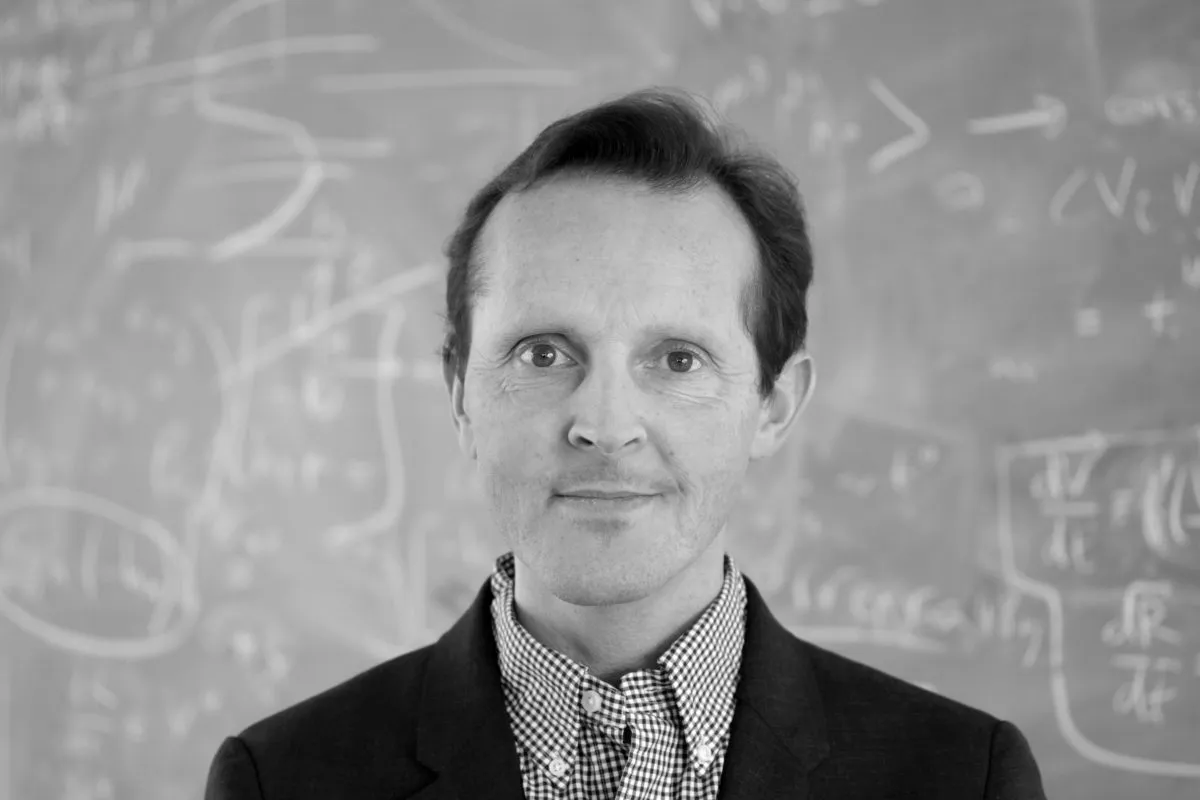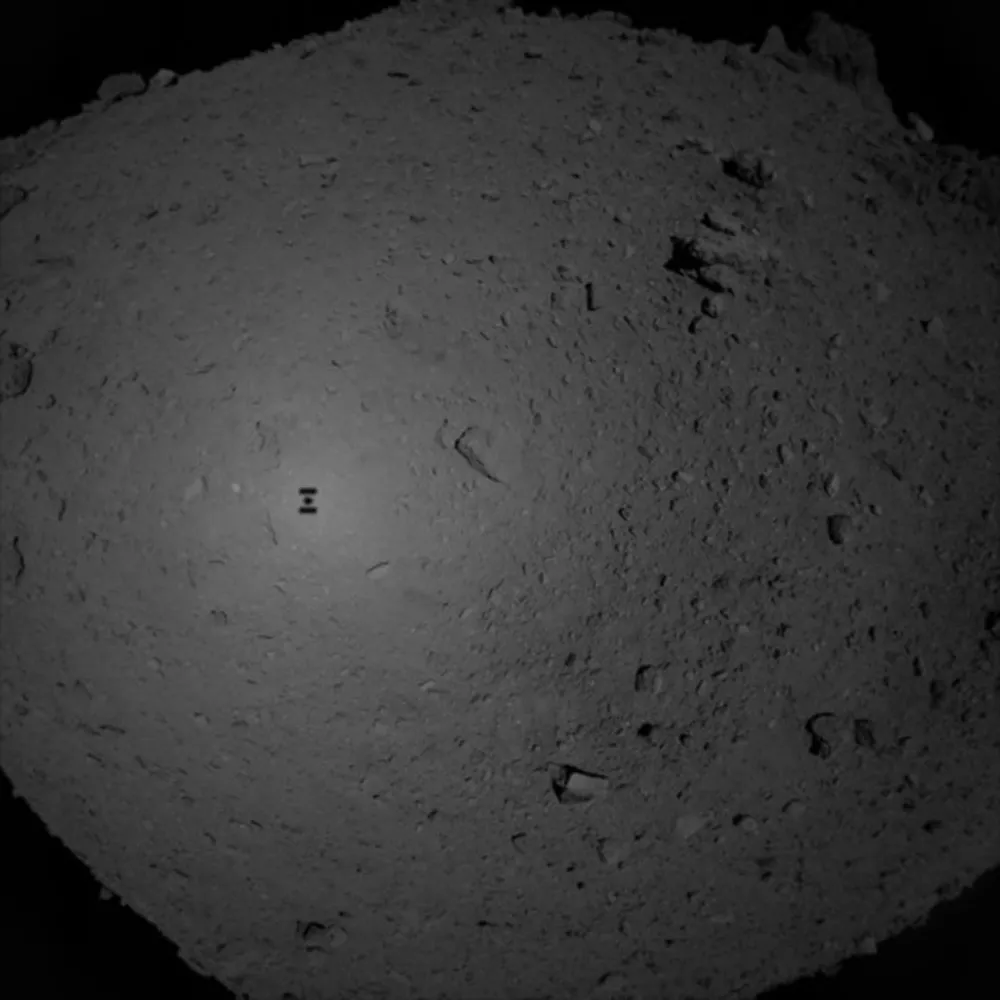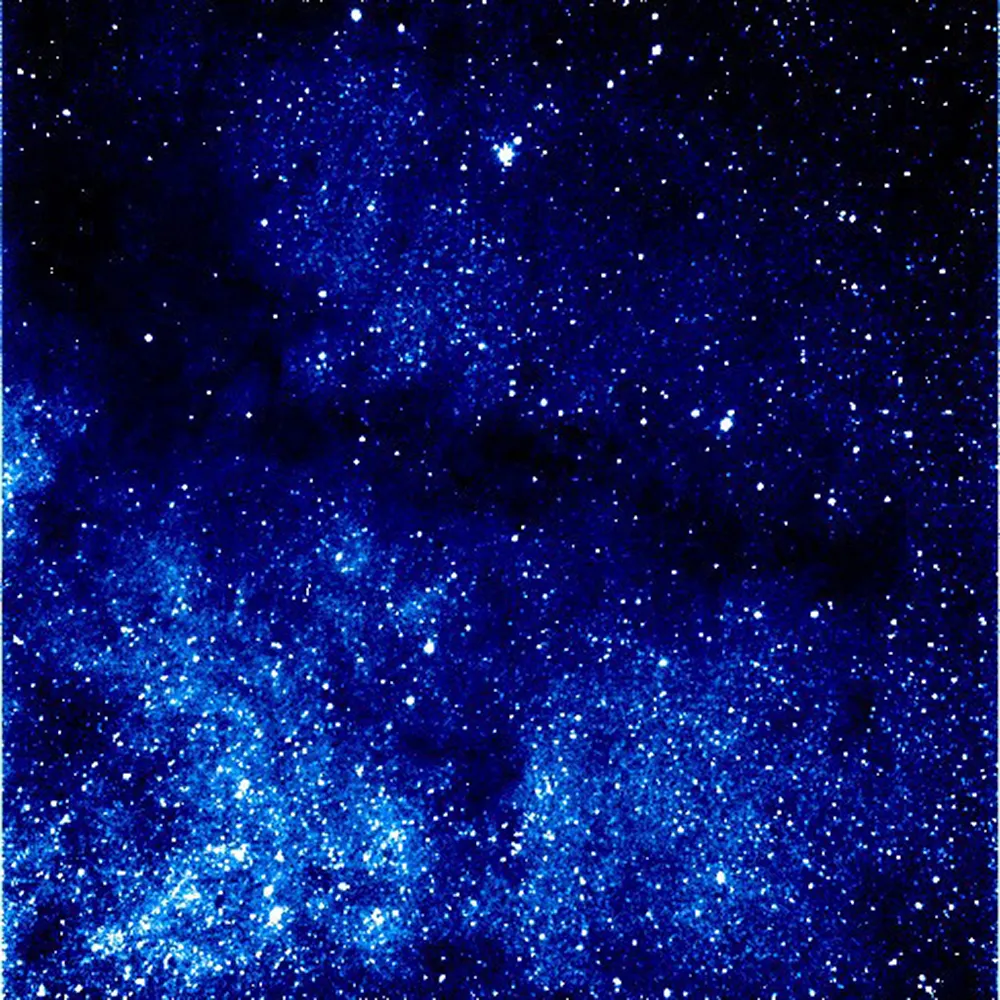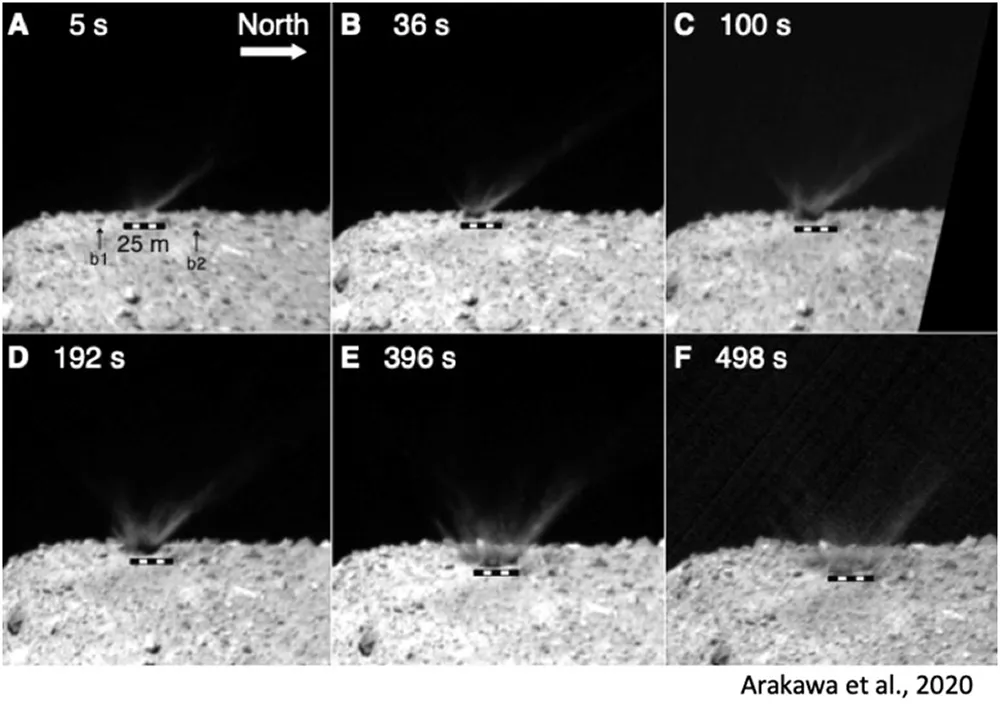The Hayabusa 2 spacecraft was launched in December 2014 by JAXA, the Japan Aerospace Exploration Agency, on a 6-year mission to study asteroid Ryugu and bring back samples to Earth for analysis.
A follow-up to the original Hayabusa mission, Hayabusa 2 arrived at the Near-Earth Object Ryugu in June 2018 and since then has deployed rovers and a lander on the asteroid's surface to study it in detail.
In February 2019, Hayabusa 2 fired an impactor into the asteroid, allowing the spacecraft to collect samples that it will return to Earth before the end of 2020.
These grains collected from the surface of Ryugu could provide clues to how life emerged on Earth.
We spoke to Dr Patrick Michel, director of research at CNRS, Côte d’Azur Observatory in France and a science team member on JAXA’s Hayabusa 2 mission, to find out more.

How does Hayabusa 2 build on the previous mission?
Hayabusa 2 launched on 3 December 2014 and arrived at the asteroid Ryugu on 27 June 2018. The first Hayabusa mission, launched in 2003 by JAXA (the Japanese Aerospace Exploration Agency) to the asteroid Itokawa, was a technological demonstration.
Itokawa was chosen because it was the ‘cheapest’ to get to. This time the target was chosen to match the science objectives that we had – to understand the composition of the building blocks of the planets, and also to understand the role of asteroids in the emergence of life on Earth.

What could asteroid soil tell us about the origins of the Solar System?
It can tell us about this asteroid: its age, the shock levels it has experienced, and also about the big picture. It could tell us how the Solar System formed and how life on Earth may have come about.
Ryugu is a C-type asteroid, meaning it’s a carbon-rich type. We believe these objects formed further from the Sun than silicate-type objects like Itokawa, therefore they may have experienced less heating and be more representative of the original material of the Solar System that made the planets.
These objects are small so they never experience a lot of heating – unlike planets. Therefore, they can allow us to trace back the original material that made the planets.
Because Ryugu is a carbon-rich asteroid, we believe that it may be rich in organic material, and have water in the form of hydrated minerals.
We built scenarios telling us that at the end of the Earth’s formation there were a lot of impacts; one idea is that asteroids brought water and organic materials that made life possible.

Why do we think asteroids might have organics?
We’ve found carbon-rich meteorites – which were originally asteroids – on Earth, which contain amino acids. We also measure the properties of water, in particular the deuterium to hydrogen (D/H) ratio that matches that of Earth’s oceans.
But these meteorites suffer contamination, and they are also biased towards the strongest materials that can survive Earth’s atmosphere.
By taking a sample from an asteroid itself and returning it to Earth, you remove this bias. You also get the geological context of the samples required to understand their analysis.
How did Hayabusa collect the sample of asteroid soil?
There is a sample horn about 70cm in length, which is like a mosquito’s nose. When it touches the surface it fires a small projectile of 5g which impacts at 300m/s.
Then the spacecraft goes up again – it’s a ‘touch and go’ approach. The impact creates ejecta and you can capture fragments as big as 1cm.
The target is to collect 100mg of samples. We won’t know how much and whether we have any samples until the capsule is returned to Earth.
We are looking very carefully at all the images to confirm if it’s likely that we’ve got samples.

What other mission milestones have taken place?
In early April 2019 we conducted a hypervelocity impact experiment. We deployed a little box that stayed at a distance from the surface while the spacecraft went behind the asteroid.
When the spacecraft was in a safe position the box exploded and released a 2kg copper projectile that impacted the surface at 2km/s to make a crater. This allowed us to test our predictions about crater size being dependent on impact energy.
This is important because we estimate the age of a surface by counting the number and size of craters.
For that, we need to work out the relation between the projectile size and the size of the crater.
The spacecraft will return to Earth in December 2020. But before that happens, the adventure continues. My Japanese colleagues are amazing and the suspense is still at its highest level.
This interview originally appeared in the May 2019 issue of BBC Sky at Night Magazine.

